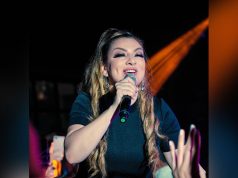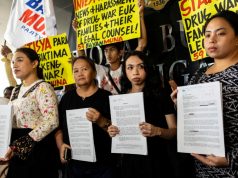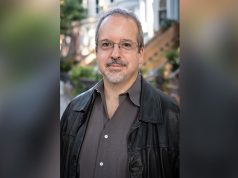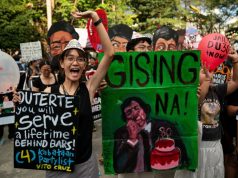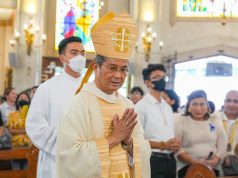Highlights:
- There are existing laws that clarify what kind of land Boracay is.
- A problem arising from President Duterte’s statement does not seem to be legal
Despite President Rodrigo Duterte’s recent announcement that the six-month closure of popular tourism hub Boracay was in fact to benefit farmers, some are still dubious about the island’s classification as “agricultural land.”
This comes even in the wake of the resurfacing of a 2008 Supreme Court decision declaring the island of Boracay as state-owned forest and agricultural land.
Boracay island is not an agricultural land. how come he plans to put it into land reform?
— migraineb0y (@ericctorres) April 9, 2018
“Convert Boracay to a Land Reform Island for farmers” WAIT WHAT
— ROSE IS DYING @ finals (@EvangelR) April 9, 2018
Teka muna, I dont know the geology of Boracay. Pero hindi beach ito? Meron bang pagtataniman? Ang apektado yung costal, hindi ba pwede i land reform nang hindi tatanggalan ng pagkakakitaan ang mga tao?
— PinayPie? (@IamPinayPie) April 9, 2018
What kind of land is Boracay?
In a decision penned by now-retired Associate Justice Ruben Reyes, the high court held that Boracay was unclassified land prior to Presidential Decree 705 issued by former president Ferdinad Marcos. Upon the enactment of the law, Boracay became classified as “public forest” land.
Citing the Regalian Doctrine enshrined in Philippine law, the court found that an act to declare land as “alienable,” or transferable to another owner, and “disposable” was required. The Regalian Doctrine is a dictum that all lands of public domain belong to the state.
Applying this doctrine, the high court held that anyone claiming private ownership has to present evidence that government declared that land to be alienable and disposable.
DENR v YAP also discussed the 1919 case of Ankron v. Government of the Philippine Islands. In the case, the court ruled that classifying land as agricultural, timber or mineral should be done to a case-to-case basis. It presumed that most lands in the Philippine Islands were agricultural, so evidence to the contrary had to presented for a reclassification.
This old case, however, was deemed inapplicable with the passing Republic Act 2874, or the “Public Land Act,” which essentially gave the executive department the prerogative to classify public lands.
The court also found that neither the Public Land Act or Marcos’ Proclamation 1801 converted Boracay into alienable agricultural land.
What the Supreme Court found effective was former President Gloria Macapagal-Arroyo’s Proclamation 1064 that classified Boracay Island into 400 hectares of reserved forestland for “protection purposes” and 628.96 hectares of agricultural land that are alienable and disposable.
Boracay is classified as 400 hectares of reserved forestland and 628.96 hectares of agricultural land.
This proclamation the positive act by the executive to classify the island as agricultural land.
So Boracay is ‘agricultural,’ but the problem is practical.
Under Article XII, Sec. 3 of the 1987 constitution, alienable land of the public domain shall be restricted to agricultural land. But alienable land can be leased to private associations and corporations for a period not exceeding 25 years. It cannot also be renewed for another 25 years.
“Agricultural land” in Section 3(c) of the RA 6657 or the Comprehensive Agrarian Reform Program is defined as land which is not classified as mineral, forest, residential, commercial or industrial land. The same provision also holds such lands to be where “agricultural activity” is found.
Agricultural activity is “the cultivation of the soil, planting of crops, growing of fruit trees, raising of livestock, poultry or fish, including the harvesting of such farm products, and other farm activities and practices performed by a farmer in conjunction with such farming operations done by person whether natural or juridical,” as defined in Section 3(b) of the same law.
A previous report has also revealed the lack of Department of Agrarian-assisted agricultural communities in Boracay.
Despite the 2008 Supreme Court decision, visitors and residents point to the lack of farmlands on the island and its supposed inability to support any kind of farming facility.




